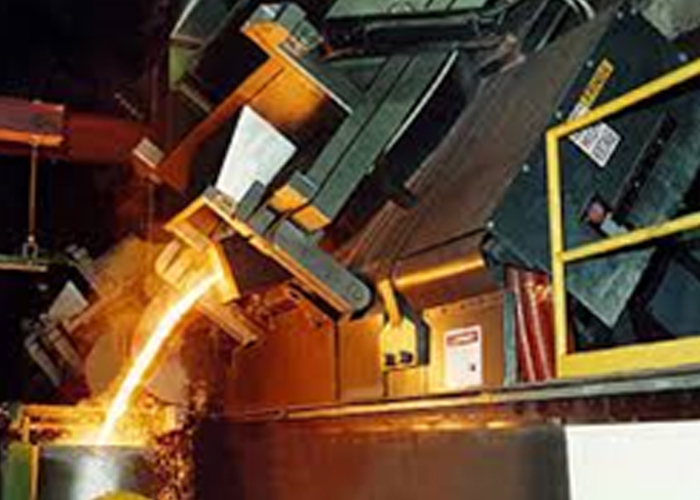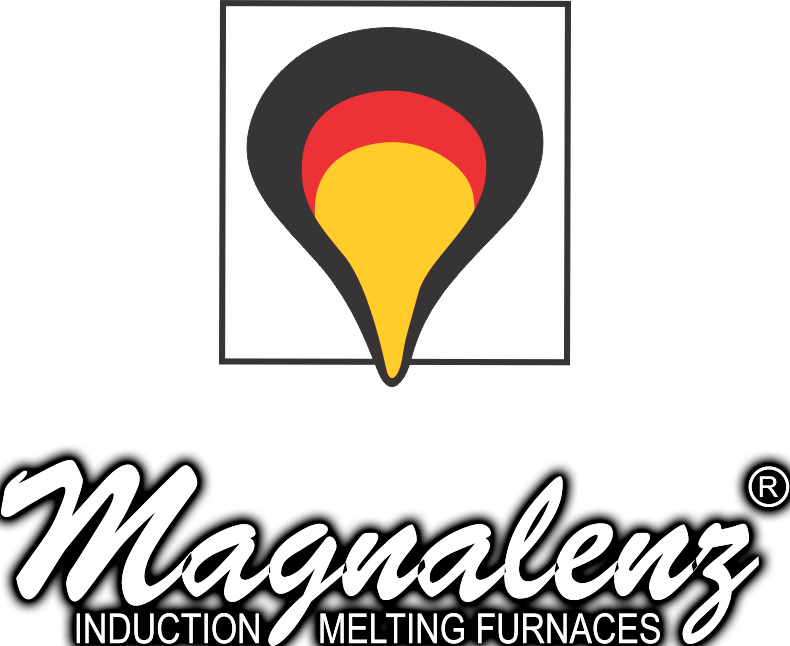Product Description
 |
Induction Heating Furnace
where is a process used to harden, joining or soften metals or other conductive materials. In modern manufacturing processes, induction heating offers an attractive combination of speed, consistency and control and energy efficiency.
The basic principles of induction heating furnace have been applied to the production from the 20s During the Second World War, technology developed rapidly to meet urgent requirements in wartime: to create reliable and fast processes to harden metal parts motor.
Recently, the focus on production efficiency techniques ("lean manufacturing") and emphasis on improved quality control have led the rediscovery of induction technology in parallel to the development of power systems for solid state induction control accurate.
How induction heating furnace works?
When an alternating current is applied to the primary of a transformer, an electromagnetic field is generated. According to Faraday's law, if the secondary of the transformer is placed within the magnetic field, an electric current is induced.
In a basic configuration of induction heating furnace, a power supply generates an alternating current through an inductor (normally a copper coil) and the part to be heated is placed within said inductor. The inductor acts transformer primary part and the secondary circuit. When the metal part is crossed by the magnetic field, eddy currents are induced in the work-piece.
The following summarizes the main advantages of induction heating provides for the manufacture:
Maximum productivity
Rates of productivity can be maximized because induction is very fast: the heat is generated directly and instantaneously on the work-piece (eg, over 1000 ° C in less than one second in some cases). The start for heating is virtually instantaneous, it is not necessary to preheat or cool. The induction heating process is completed in the manufacturing plant, near the cooler or hot deformation, rather than sending lots of parts to a remote microwave or contracts.
Energy efficiency
This process is the only truly efficient from the energy point of view. It converts heat into useful energy consumed by up to 90%; batch furnaces usually do up to 45%. Also as needs no preheating or cooling cycle’s work, heat loss in stand-by (when not working) is reduced to minimum.
Process control and automation
Induction heating furnace eliminates inconsistencies and quality issues that occur with flame, torch or other methods. Once the system is calibrated and running, there is no room for deviations, heating patterns are repeatable and consistent.
With power supplies that provide precise temperatures GH uniform results are achieved; the source can be started and shut down instantly. With a closed loop temperature control, advanced induction heating furnace is capable of measuring the temperature of each piece individually. The rates of increase, maintenance and temperature drop can be set in each case and the data is stored for each piece on working.
Product quality
With induction, the treated part never comes into direct contact with a flame or other heating element, heat is induced in the part directly by an alternating current. As a result, rates of product warpage, distortion and rejection are minimized. To maximize product quality, the piece can be isolated in a sealed chamber with a controlled vacuum, inert or reduced to eliminate the effects of oxidation atmosphere.
Green energy
The induction heating furnace does not burn as traditional fossil fuels. Induction is a clean, non-polluting process that helps protect the environment. An induction heating furnace helps improve working conditions for employees by eliminating smoke, excess heat, toxic emissions and noise. The heating is safe because not endanger the operator, and by not using open flame, does not obscure the process. The non-conductive materials are not affected by what may be located next to the area where heating without damage is.

